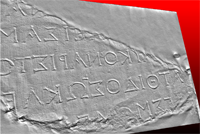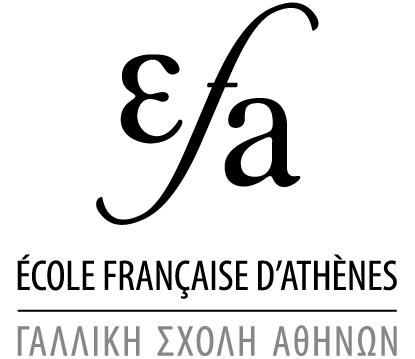 E-STAMPAGES
E-STAMPAGES
En s’appuyant sur une numérisation en mode image et une structuration de l’information adéquates, le programme s’assigne deux objectifs : l’archivage à long terme des estampages sous une forme dématérialisée à des fins de conservation, et la réalisation d’une ectypothèque numérique diffusée en libre accès, valorisant cette documentation scientifique.
Contact : Michele Brunet (Université Lumière Lyon 2) – Claudia Antonetti (Université Ca’ Foscari)
